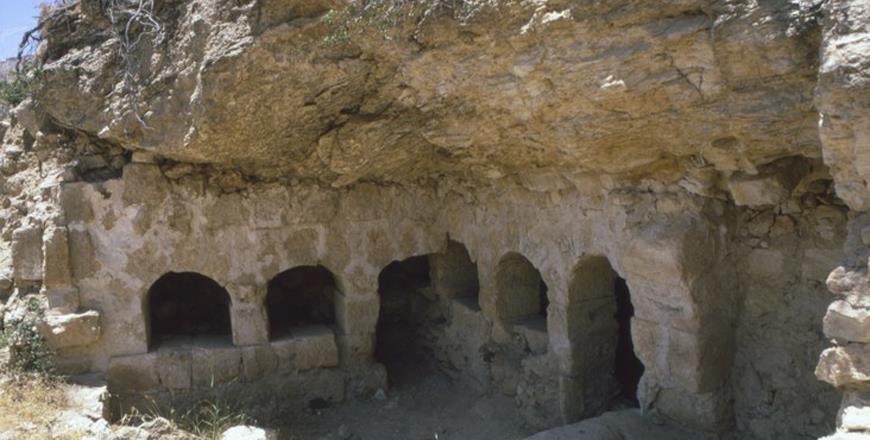
Jordan Archaeology Conference Sheds Light On Fragments From Antiquity
IRBID — The 15th International conference on the History and Archaeology of Jordan (ICHAJ) on Tuesday gathered around 294 Jordanian and international scholars at Yarmouk University in Irbid.
Launched under the title“Thoughtful Archaeology in the Ecosphere and Sociosphere”, the triennial ICHAJ conference, inaugurated by HRH Prince Hassan in 1981, lasts until August 5.
In her presentation, Theresa Barket, anthropology professor from California State University talked about Wadi Shueib, a Neolithic site located in west-central Jordan.
Barket said that scholarly teams found evidence of painted plaster floors, stone walls, abundant chipped stone, pottery, and human and faunal remains.
“A technological analysis of tools, cores and debitage carried out in 2019, showed general similarities between Wadi Shueib and other contemporaneous sites, but also some differences in the frequency and types of tools,” Barket said, adding that these objects probably represent some symbolic and religious items.
Archaeological investigation was a theme of a paper titled“A Marble Sculpture Fragment from the Site of Humayma”, by Craig Harvey from Western University, Canada.
Harvey said that Humayma, in Aqaba Governorate, possessed a range of impressive artwork, including mosaic floors from the Roman fort, carved ivories from the Islamic qasr (castle), and numerous examples of wall paintings from Nabataean, Roman, and Umayyad period structures. I
“In contrast, evidence for large scale sculpture is conspicuously scarce in Humayma's archaeological record, although not completely absent,” Harvey said, adding that the discovery of at least two statue bases and a small fragment of a bronze sculpture from the Roman fort attests to the presence of large-scale statuary.
“Further evidence comes from a carved marble fragment that was unexpectedly uncovered in the site's Islamic qasr,” Harvey noted.
Italian scholar Elisa Pruno from the University of Florence linked glazed pottery between the Levant and the Caucasus.
“I would like to propose some reflections about the circulation in a large area of the glazed pottery, in particular for the 12-14 centuries. It is not unknown that the development of glazed pottery was closely related to progress in the ceramic production of the centres of Mediterranean and Black Sea basins, and of Near Eastern, Middle Eastern, Central Asian and Trans-Caucasian countries,” Pruno said.
Meanwhile, new types of glazed pottery were created in Armenian craft centres, like Ani and Dvin, while in the Shobak Castle scholars concluded that locals not only used imported glazed ware, but had their own production of glazed ware, she said.
“The goal is to aim at these productions and to highlight their main provenience area, their chronology and, above all, collect information about the market and economic conditions,” Pruno said.

Legal Disclaimer:
MENAFN provides the information “as is” without warranty of any kind. We do not accept any responsibility or liability for the accuracy, content, images, videos, licenses, completeness, legality, or reliability of the information contained in this article. If you have any complaints or copyright issues related to this article, kindly contact the provider above.
Most popular stories
Market Research

- Manuka Honey Market Report 2024, Industry Growth, Size, Share, Top Compan...
- Modular Kitchen Market 2024, Industry Growth, Share, Size, Key Players An...
- Acrylamide Production Cost Analysis Report: A Comprehensive Assessment Of...
- Fish Sauce Market 2024, Industry Trends, Growth, Demand And Analysis Repo...
- Australia Foreign Exchange Market Size, Growth, Industry Demand And Forec...
- Cold Pressed Oil Market Trends 2024, Leading Companies Share, Size And Fo...
- Pasta Sauce Market 2024, Industry Growth, Share, Size, Key Players Analys...





















Comments
No comment